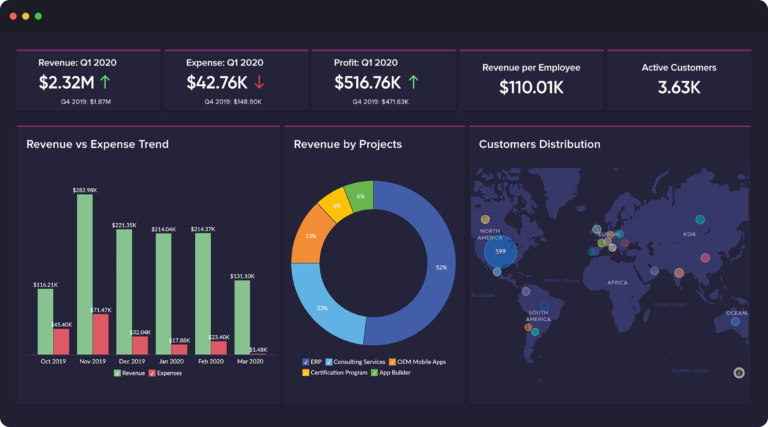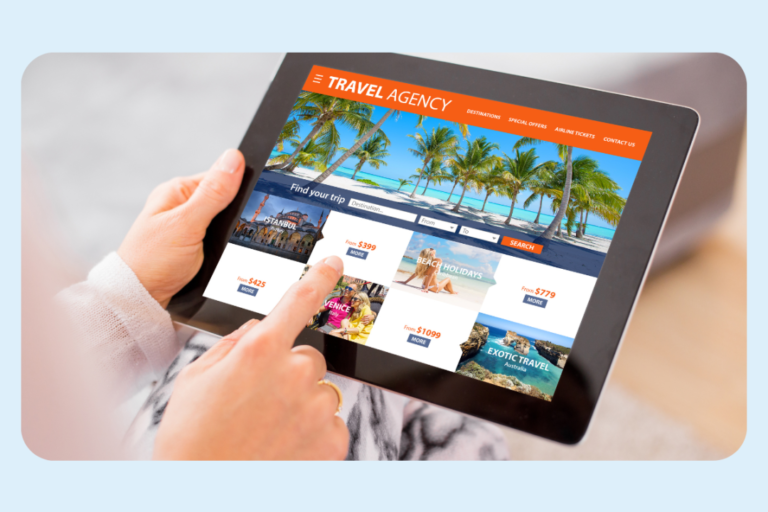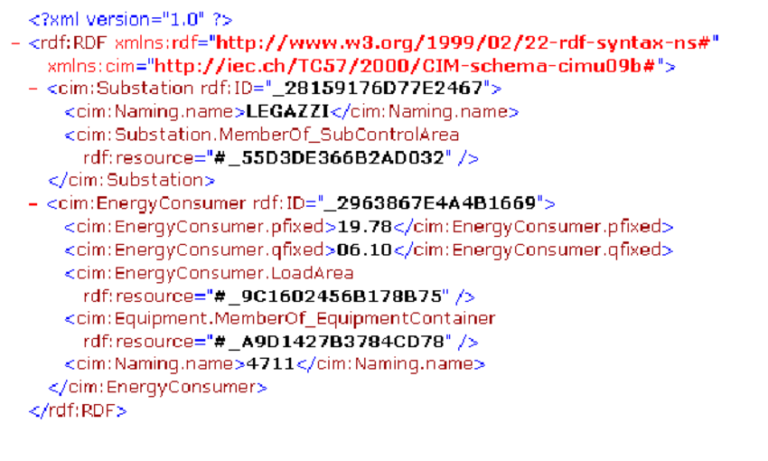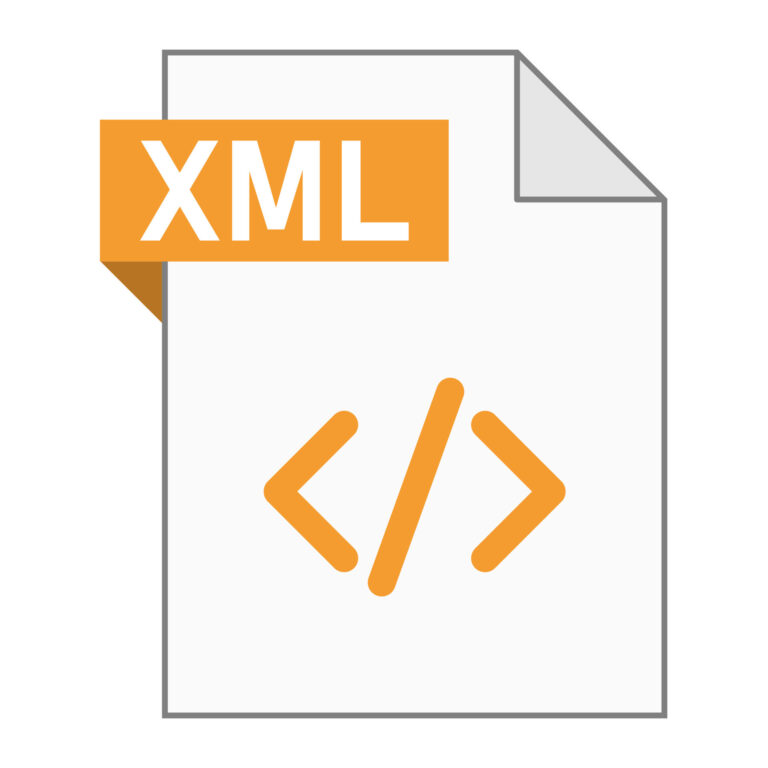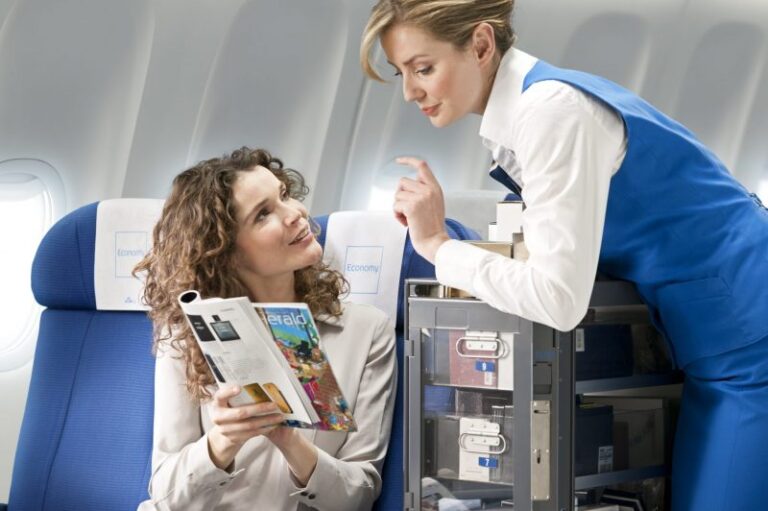API Analytics – A Cost or an Opportunity?
It’s always interesting to hear how some travel organisations perceive the cost of analytics as expensive and how they are a small company that can’t afford the investment. Is that a sensible decision?
Triometric is in the business of providing highly detailed, real time analytics on API traffic, platform performance, client activity, product availability, revenue/pricing and traveller behaviour data all carefully processed into actionable insights. That’s a lot and that’s one side of the equation. As a significant provider of analytics in this sector, we work with a wide range of clients in terms of size, situations and requirements so well placed to share some thoughts on the subject.
The reality is that running blind is a shortcut to business failure and having bad analytics is probably even worse because it is misleading. Quality analytics, like most things required to run a business is an investment and it should generate a return. The question is what are the numbers?
Whilst one of my favourite characters is Scott Adam’s Dilbert who claims that “made up numbers are just as good as real ones”, I haven’t entirely followed his lead in picking a set of entirely reasonable but rounded numbers to illustrate my point.
Consider a growing hotel distributor that handles approximately 100 million searches into their API on a daily basis. As a reasonably profitable business they will likely drive a bookings value (TTV) of somewhere around £150,000 per day.
A decent analytics service delivering a good level of insights but not every last detail, operated on their behalf with a decent amount of cloud infrastructure to crunch through their 100 million requests per day could cost in the region of £40,000 per year. So roughly the equivalent of an employee.
At £40k per annum, that’s £110/day so around 0.07% of TTV.
Most hotel distributors, especially those with growing inventories and new clients, are constantly battling to ensure that they have products to offer but the reality is that probably only 60-70% of requests are responded to successfully and/or include product offers. The flipside is that somewhere around 30-40% of requests are simply a missed opportunity. This is ahead of any consideration about what is being offered or at what price.
Without getting deep and technical it is very believable that there is plenty of head room to improve the successful response problem by at least 1%. Assuming the look-to-book ratio remains unchanged (it should improve!) then the TTV will also increase by 1%.
Since the analytic investment is 0.07% of TTV, a 1% improvement would represent a return on investment of around 14 times and an increase in TTV by some £547,000 per annum.
With the right attention to resolving issues identified by the analytics, there is no reason why gains shouldn’t be significantly better than 1%. Our 1% target is derived from fixing basic response challenges before considering the sea of optimisations around client management, product pricing and product relevance that will significantly improve look-to-book ratios.
In short, especially when the competition is investing, not having analytics becomes a real cost.


